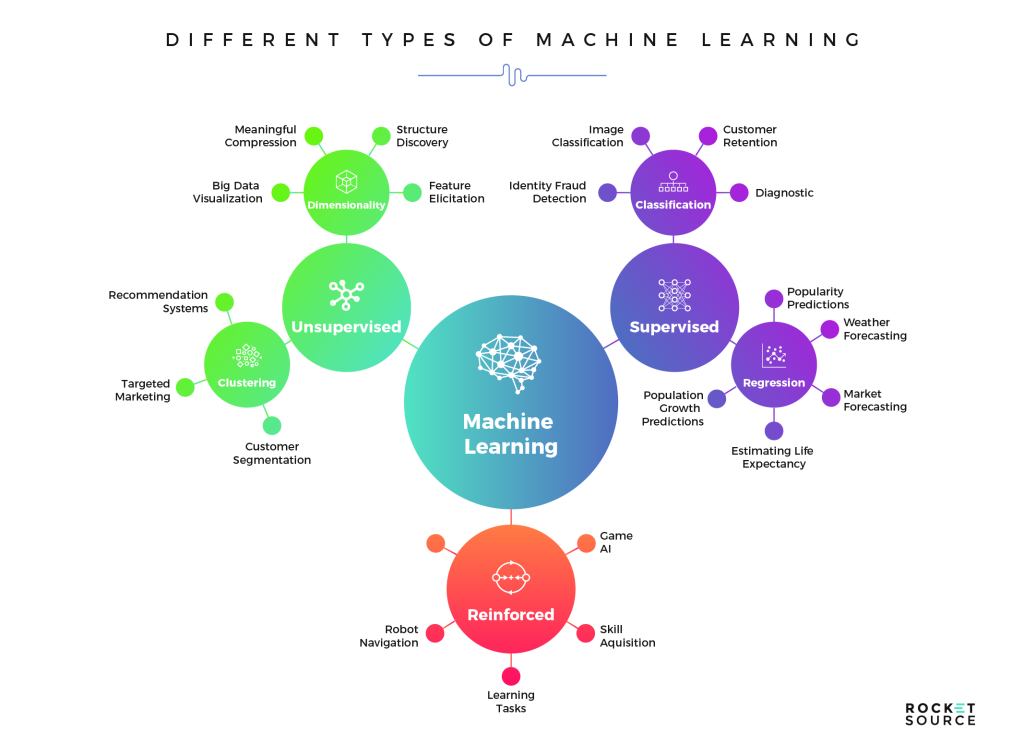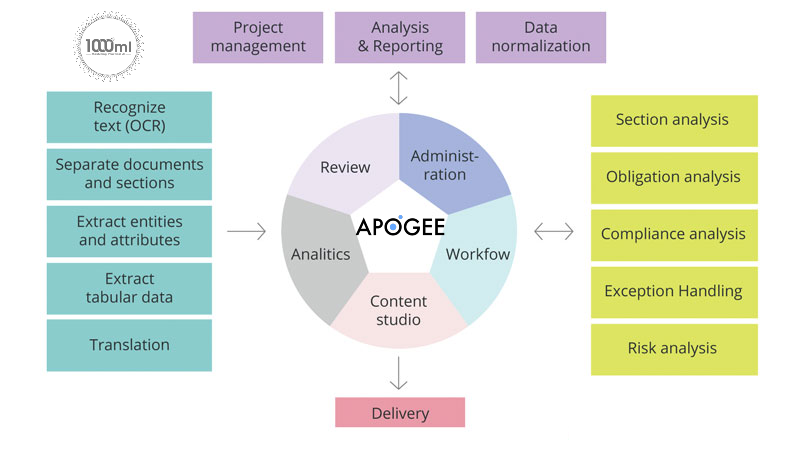You may have interacted with some of them in the past. Siri and Alexa are typical examples of chatbots we use daily. But, each of them uses unique technologies to respond to user queries.
Recent reports have shown the global chatbot market is set to hit the $9.5 billion mark by 2024. So, chatbots are here to stay. In this article, we discuss the types of chatbots and their technologies. We have also identified the suitable option for your needs:
Ready? Let us start:
Technologies Behind the Functions of Chatbots
The responses from chatbots are either rule-based or AI-based. The rule-based chatbots operate using decision trees. These decision trees determine the quality of responses a chatbot can provide. The bot also provides answers based on specific communication rules.
The unsupervised bots run on NLP and AI technologies. Both are common in the customer services systems businesses want to adopt. But, one is better than the other.
Below are the technologies that power the responses chatbots can provide:
- Natural Language Processing (NLP). NLP evolved from the computational linguistics field. It also features various subfields. Some examples include linguistics, Artificial Intelligence (AI), and computer and data science. These resources enable computers to process human language in written and verbal formats.
- Natural Language Understanding (NLU). NLU is a subset of natural language processing. NLU leverages semantic and syntactic analysis of human language to produce meaning. Semantics refers to the intent behind the language. Syntax is the lexical and grammatical structure of the language.
- Natural Language Generation (NLG). NLG is a subfield of NLP. NLU focuses on a computer’s ability to comprehend human language. But NLG enables computers to produce text-based responses based on the user’s input.
Reasons Why Unsupervised or AI Chatbots are Better
These are the key reasons why AI chatbots are better:
Usage of Machine Learning Models
One variant between unsupervised chatbots and rule-based bots is the use of machine learning models. These models are a subfield of AI. IT companies or experts use them in developing computer systems that can learn from different user interactions. Any knowledge acquired from this learning helps with further system automation initiatives. The automation capabilities of the bot apply based on the data they consume.
Machine learning models improve an AI bot’s functionality in various ways. For instance, it enables the bot to identify different data input forms from humans. This enhances the bot’s language processing capabilities and the response quality it can provide.
These models also allow AI bots to handle more complicated customer queries. But, rule-based chatbots have a limitation here because they use decision trees. The decision trees involve a set of pre-outlined to direct the conversation. The bot offers a condition if/then response at each point of the conversation.
It causes limitations on the queries and responses they can provide. Clients with complex questions get lost when interacting with such a resource.

Big Data Processing Capabilities
Unsupervised chatbots run on NLP models. These allow them to process and identify varied data inputs from users. This makes it practical for companies that handle several requests from consumers.
Common examples include big enterprises or companies that provide services. AI Bots can respond to several customer queries, a form of big data.
It can also perform extensive data processing tasks from custom queries. Thus, it’s able to recognize more advanced response situations. These are benefits that help improve the user’s experience.
It helps provide improved volume, speed, and variety in the chatbot data a system can provide. Through these benefits, big data helps improve the self-correcting feedback loop of AI bots. But rule-based systems aren’t able to perform this function. They rely on input from computer programmers.
Lexical, Grammatical, or Emotional Limitations
An important aspect of processing language involves handling grammatical and lexical errors.
Rule-based bots need extensive data for automation to handle such language aspects. It means that they need individual input on language issues like grammatical errors. But, AI bots are exceptional at processing natural language, even if it has errors. How does this work?
It leverages NLP technologies to interact much more freely with user input. NLP-based bots can also distinguish the intention of human language. It can determine whether it’s a question or statement. It’s crucial to give accurate and timely answers to user queries.
Another aspect of AI chatbots over rule-based bots is identifying language with emotional content. It can perform these functions in the same way as speaking face to face with another individual.

Conversationality
One setback of using chatbots is that the user’s input is unpredictable. Because of this, rule-based bots users often run into “conversational dead ends.” Thus, interactions with rule-based bots sometimes lack a conversational tone or might seem awkward.
It can be a demotivating experience for potential clients with advanced queries. After all, the user could interact with other resources like the FAQ to find more information. But, an AI chatbot is different. Why?

Improvement Capability
The only way that a rule-based bot can improve is when its programmer intervenes. Experts refer to it as a supervised system, which involves using rules. But an AI system is different. That is because it can improve based on end users’ input.
Thus, AI bots can better understand human language’s varied intentions and questions. Additionally, it can expand its user response capabilities by identifying difficult questions to answer.
The bot will also determine when a conversation has gone well. If not, the bot will detect the mistake and request some feedback from the user or the programmer. Usually, the bots also try to predict this user feedback. They will then imitate it as part of their improved capabilities.
While unsupervised chatbots run as automated systems, they also need occasional retraining. Thus, this helps to improve its conversational capabilities.
Chatbots are a crucial resource in this process. The AI types are better than the rule-based types. The main reason is AI bots can run unsupervised. The rule-based types work using decision trees and need regular supervision.

Apogee Suite of NLP and AI tools made by 1000ml has helped Small and Medium Businesses in several industries, large Enterprises and Government Ministries gain an understanding of the Intelligence that exists within their documents, contracts, and generally, any content.
Our toolset – Apogee, Zenith and Mensa work together to allow for:
- Any document, contract and/or content ingested and understood
- Document (Type) Classification
- Content Summarization
- Metadata (or text) Extraction
- Table (and embedded text) Extraction
- Conversational AI (chatbot)
Search, Javascript SDK and API
- Document Intelligence
- Intelligent Document Processing
- ERP NLP Data Augmentation
- Judicial Case Prediction Engine
- Digital Navigation AI
- No-configuration FAQ Bots
- and many more
Check out our next webinar dates below to find out how 1000ml’s tool works with your organization’s systems to create opportunities for Robotic Process Automation (RPA) and automatic, self-learning data pipelines.
